
Roald Amundsen, was born on 16 July 1872 at Borge, near Oslo. According to his family expectations he should dedicate himself to the medical studies, but he joined the Navy and the case brought him, as second in command, on board the “Belgica”, together with the Belgian biologist Adrien de Gerlache, forced by the ice to spend the winter on the ship at the Antarctic Peninsula.
The experience that Amundsen got from this trip, allowed him to acquire a sufficient self-confidence to face the challenge that fascinated all sailers since 300 years: the North West Passage. The explorers were aware of the existence of a corridor linking Europe to Asia, north of the North American continent, but any ship was ever able to completely sail it. Amundsen bought a very robust ship weighting 45 tonnes, the Gjoa, with sails and an engine of 13 horses. In 1903 the “Gjoa” left the fjord of Oslo with its crew of 6 men ready to open the icy waters of the North West Passage.
The expedition was successful and in August 1906 “Gjoa” sailed out of the passage. During the navigation the crew had also collected a large amount of scientific data, the most important of which were related to the terrestrial magnetism and also recorded the location of the magnetic North Pole. In addition, this expedition had collected ethnographic material about the Inuit.
In August Amundsen sailed south on board the “Fram”, which Nansen had made available. At that time in order to cross the Bering Strait the ships were forced to double Cape Horn. That is why nobody suspected any change of plan while the “Fram” proceeded south.
When the ship was docking at Madeira, Amundsen informed the members of the expedition that they were sailing southward, not northward. A telegram was sent to Scott with the news that the Norwegian expedition was heading for the Antarctic. A race to the death that continues to fascinate today.
Amundsen placed his base camp in the Bay of Whales, this location is closer to the South Pole than the departure point of Scott, the McMurdo Sound. Despite this apparent advantage the area between the Bay of Whales and the Pole was unknown, while Scott would follow a route mapped out in 1908 by his compatriot Shackleton. On 19 October 1911 Amundsen left the base camp with his four companions, four sledges and 52 dogs. The mission of Amundsen had one goal: reach the Pole, as fast as possible. Two months after his goal was reached, five weeks before Scott and his men reached the Pole exhausted to find the flag and tent of Amundsen.
On 14 December 1911 the Norwegian flag waved at the South Pole. The Norwegian crew had crossed the dangerous Ross ice shelf to reach the foot of a mountain range covered by glaciers. Continue seemed extremely risky, but because of their expertise and a good dose of luck, the men managed to overcome the glacier Heiberg, to cross the mountain range and reach the plateau that would have brought them to the Pole.
Upon his return to Europe, Amundsen, paid all its debts and soon organized new voyages.
From 1922 to 1924 drifted with the ship “Maud” the North East Passage.
Later in 1925, along with the American Ellesworth, tryed to reach the North Pole aboard two aircraft, the N24 and the N25. The planes crashed on the ice at latitude 87.83 degrees N, but the crew managed to repair one of the two planes and three weeks after they returned to Svalbard.
In 1926, along with Nobile and Ellsworth fly over the North Pole with the airship “Norge” flying from Svalbard to Alaska. This expedition flew over unknown territories, thus collecting the last information that were missing to complete the world map. After the trip with the airship Norge, the two explorers not turn over the floor, but when Nobile, after reaching the North Pole, crashed on the pack with the airship Italy, Roald Amundsen immediately offer his help as part of a rescue team. He took off from Tromsø on June 17 1928 on board the Latham 47, a plane made available by the French Government. Together with him were missing all the crew members. A few months later was found a wreck of his airplane on the north coast of northern Norway. More recently, in 2003, another part of the aircraft was found in a hut on the Island Edgeøya, Svalbard.
BIOGRAPHY curated by Piero Bosco

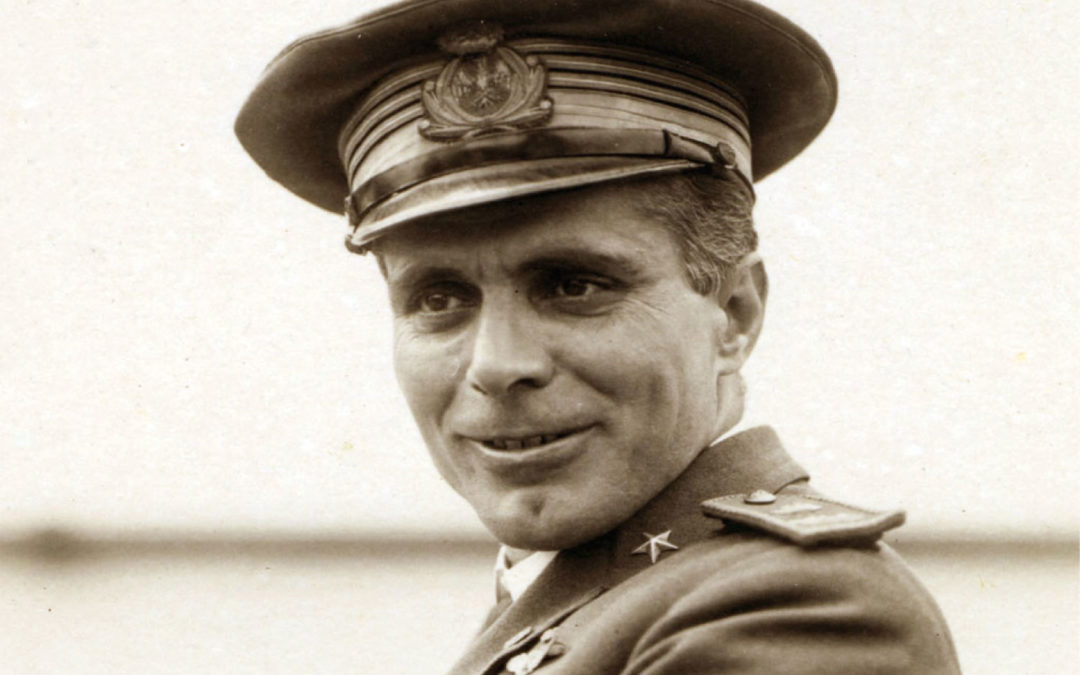

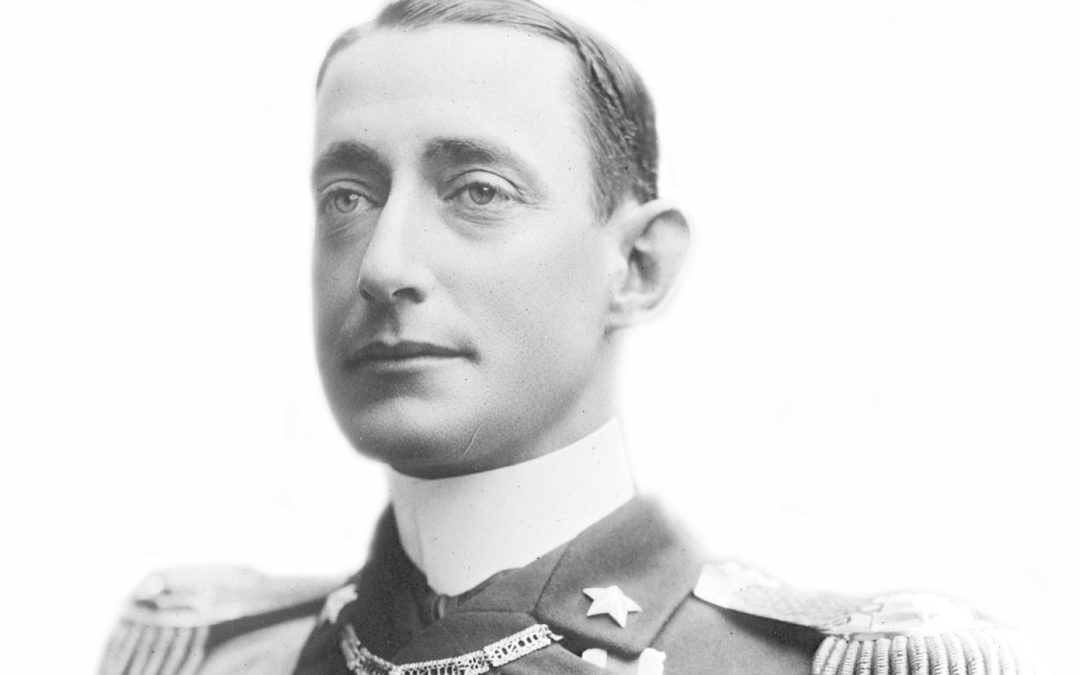



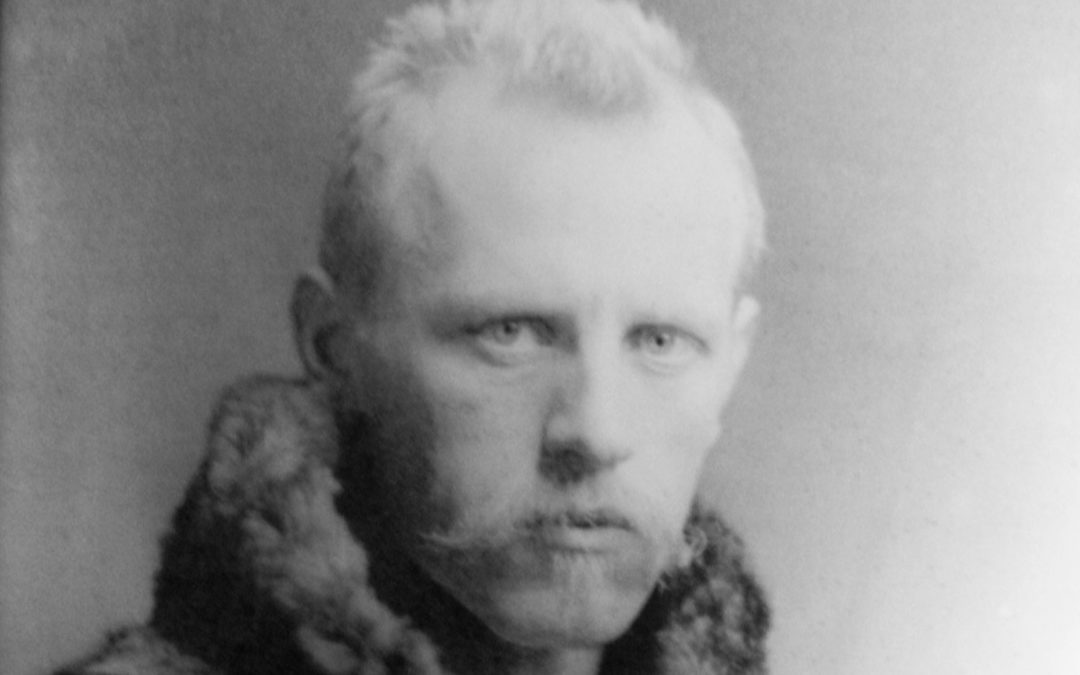
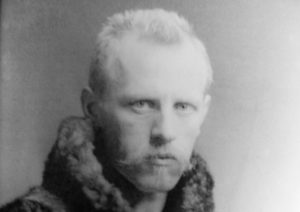




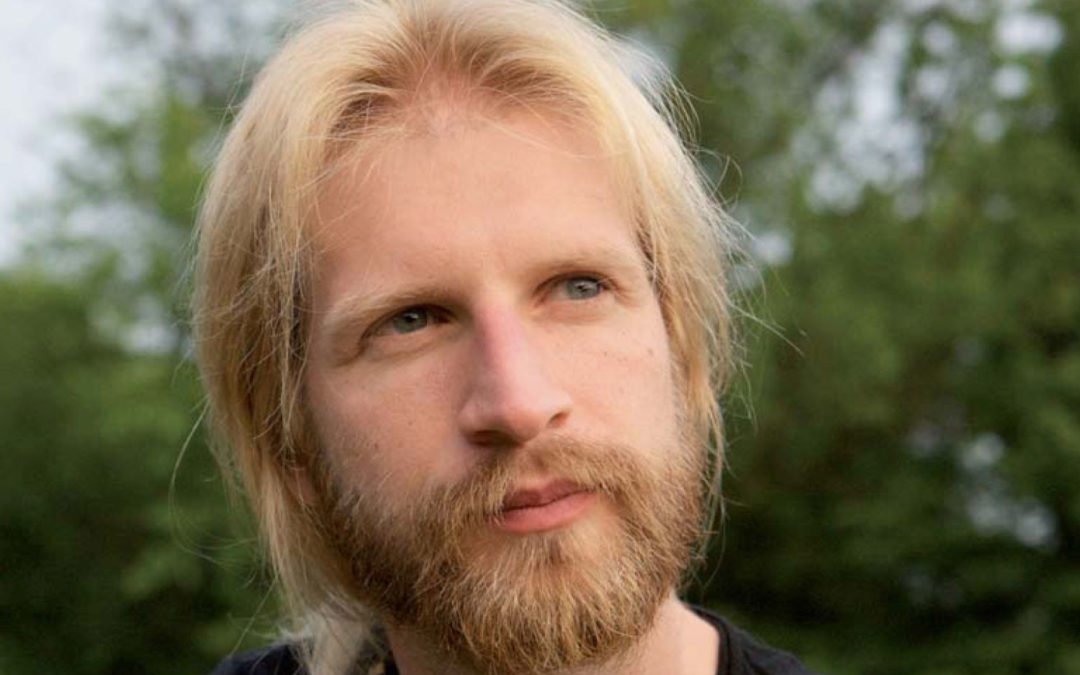

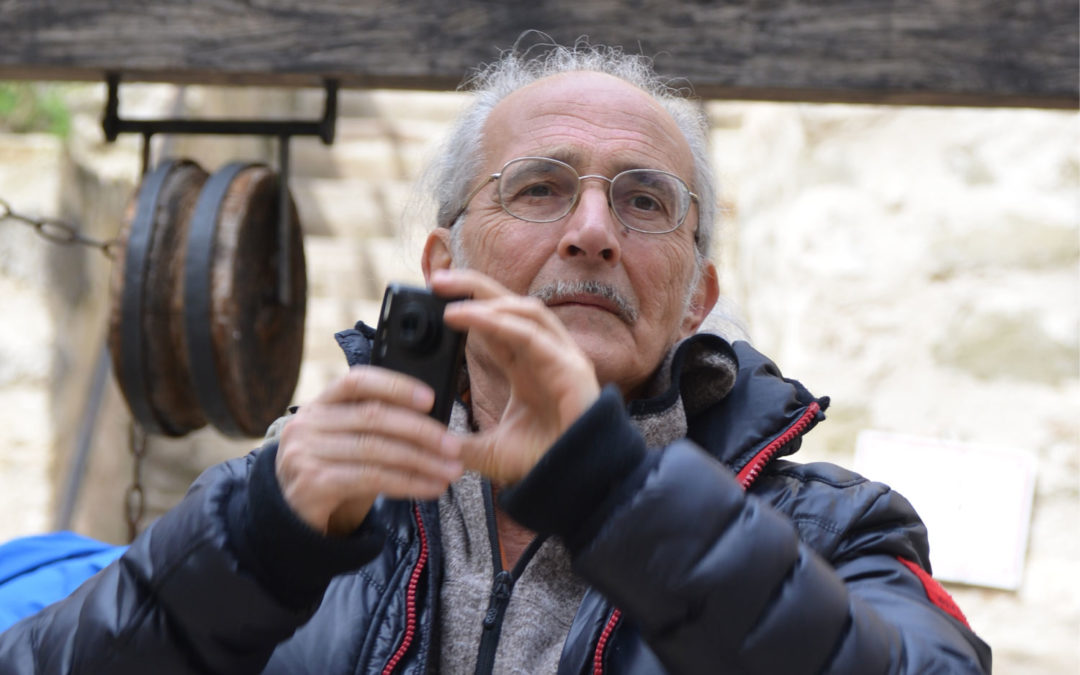

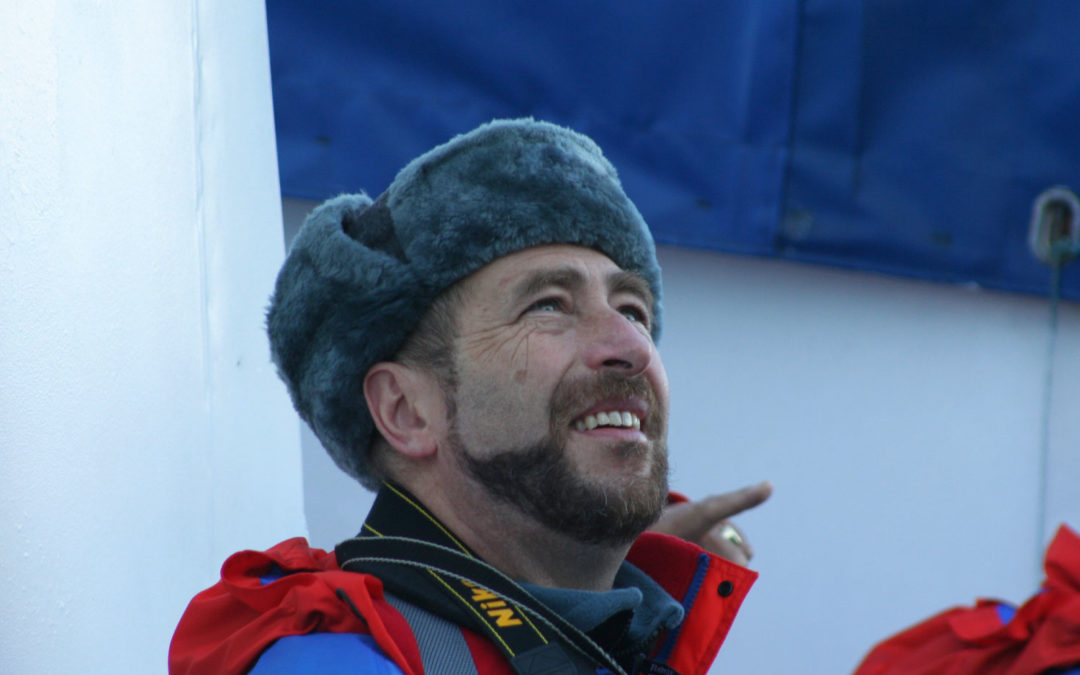

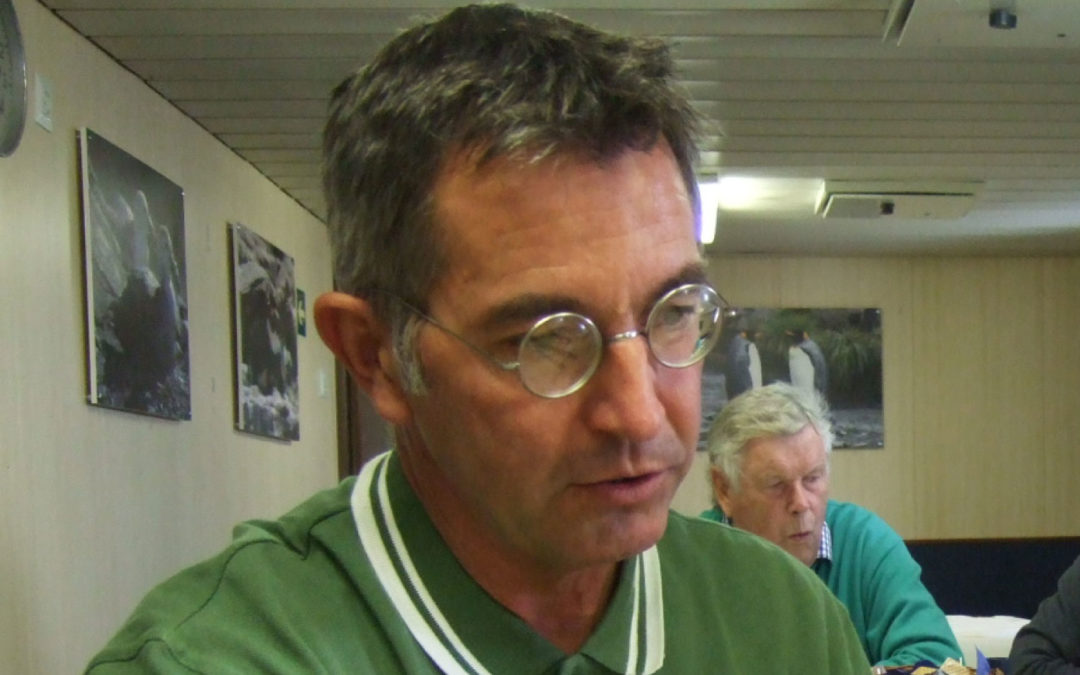

Recent Comments